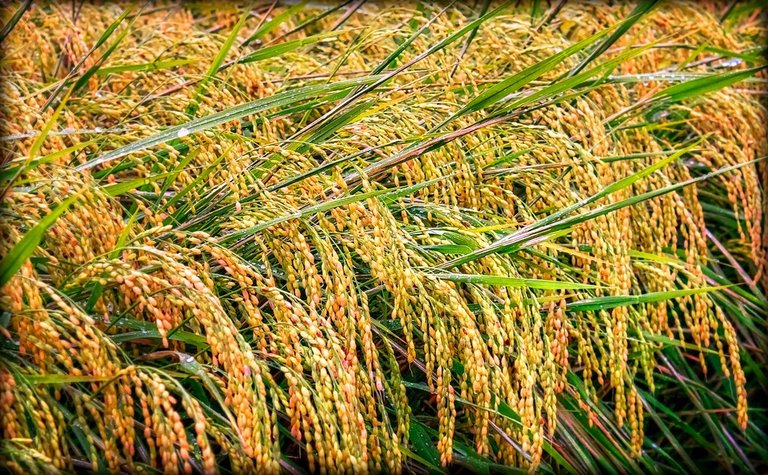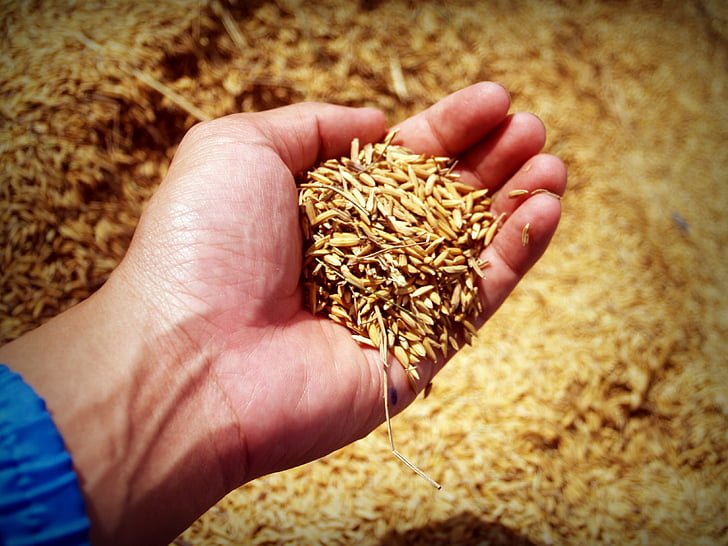How Did Rice Become A Part Of Our Life?
I heard the phrase “Rice is Life” from a Chinese man, and I was quick to think about why he said so. Rice is a staple food in most of the world, especially Asia and a large part of Africa. It is responsible for 20% of the world's total calories, which means it is essential for us. So this brings the question, how did Rice get to this point?
This cereal grain is a staple crop for over half of the world, having its seed on the Panicles the grassy plant has been pollinated. They can have a height, growing from within 3ft to 15ft. After a successful harvest, the seeds are dehusked removing the shaft from the fruit. At this point, rice is known as Brown rice, because it is still covered with bran. Removing the Bran just has to do with polishing, and we are left with the white shining rice we are left with.
When it comes to nutrition, Brown rice is more nutritious than White rice, but white rice has a longer shelf life and can be digested easily. Rice can also exist in other colors depending on the variety but the most popular is still the polished white rice.
The origin of rice itself is a matter for debate but we agree on one thing that domesticated white rice began in China, 9000 years ago, after which it began to spread to other parts of Asia. Formally known as Oryza Sativa, the Asian rice moved to the West through the Silk Route during trade.
In Africa, another species of rice exists and it is known as Oryza glaberrima. It was believed to have been domesticated some 3000 years ago in areas of Mali and other parts of West Africa. During the Portuguese slave trade, they brought Oryza Sativa, and gradually the African rice began to disappear. We could say it was a result of high yield, or we could say they were forced or coerced to plant that over African rice.
While rice thrives in tropical regions, it can be grown in both uplands and lowlands provided it gets enough water. It is a high-yield plant with high calories and nutrients including magnesium, phosphorus, iron, and so on. Because it has a long shelf life, it is great for food security.
Back to the most populous rice which is the Oryza Sativa, and it can be divided into japonica and Indica (why does it look like they share names with cannabis?). Japonica is more common in Asia, being more round and sticky, the one you see in sushi rice, while Indica rice is long-grain or short-grain, such as Basmati and Jasmine. Aside from this, there is one you find in stores known as wild rice, well let me give you a spoiler that the wild rice you see in stores isn't rice, it is of the species Zizania palustris native to North America. Although, there are true varieties of wild rice being cultivated around the world and not to forget the 24 other naturally occurring species of rice that exist today.
Since we are used to eating rice from the same species, the rice faces the same factors affecting its growth such as disease, pests, weather, and so on. Rice requires lots of water and so irrigation is needed and the flooding from this irrigation causes about 12% of the Methane produced by humans. This needs to be addressed immediately because in the next few years, our water demand will increase by up to 50% and this means the water supply will be affected.
You Can Read More Here
https://www.mdpi.com/2071-1050/14/14/8842
https://www.sciencedirect.com/science/article/pii/S0160791X21000828
https://www.pnas.org/doi/10.1073/pnas.252604599
https://www.fao.org/4/x6611e/x6611e03c.htm
https://www.riceassociation.org.uk/history-of-rice
https://pmc.ncbi.nlm.nih.gov/articles/PMC2759204/


You received an upvote ecency
Thanks for your contribution to the STEMsocial community. Feel free to join us on discord to get to know the rest of us!
Please consider delegating to the @stemsocial account (85% of the curation rewards are returned).
Thanks for including @stemsocial as a beneficiary of this post and your support for promoting science and education on Hive.